On the hipped roofs of many ancient palaces and temples in Beijing people can find a group of beasts standing in a line. What are they? Do they serve as decoration only?
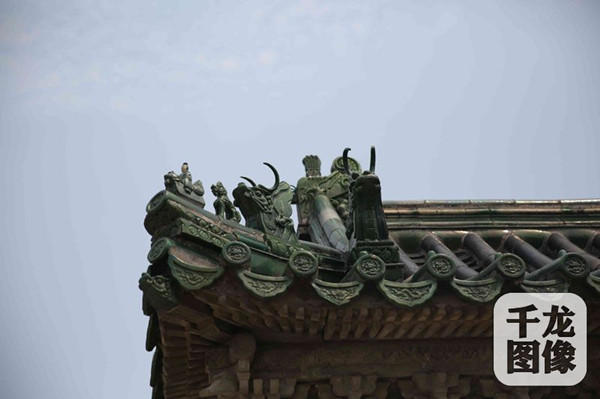
In the forefront is an immortal riding a phoenix. It is said that the immortal is an incarnation of King Min of Qi in the Warring States period. The legend goes that King Min was caught between the devil and the deep blue sea after he was defeated by Yue Yi, a general of Yan. A phoenix came and took him across the river in front of him. Thus the immortal riding a phoenix placed at the end of a ridge symbolizes “being unexpectedly saved from a desperate situation”. Actually, there is a nail inside the immortal to prevent the tiles behind from sliding.
Like the immortal riding a phoenix, at the tail of the ridge beasts there is another beast with two horns which is called chuishou (hip beast) or wangshou in Chinese. Chuishou has a hollow body where a peg is inserted to fix the intersection of two ridges.
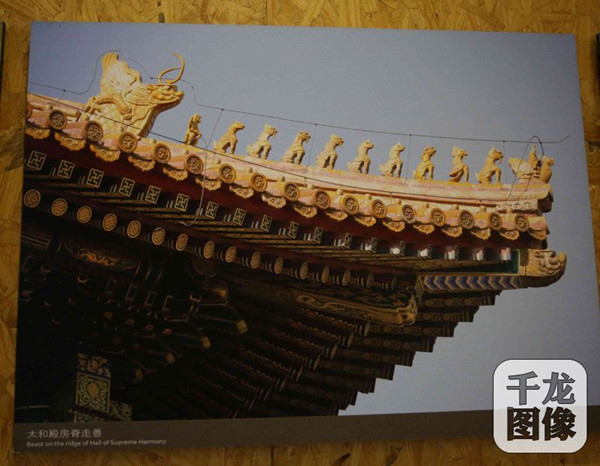
The Hall of Supreme Harmony is the only building that has ten ridge beasts. [Photo/Qianlong]
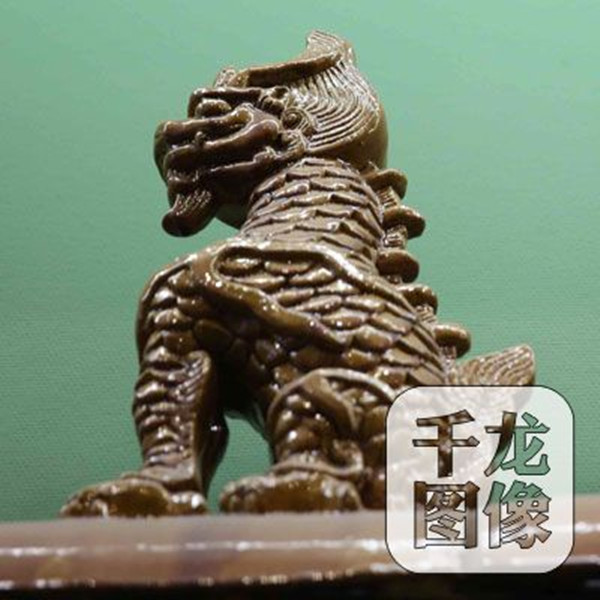
Strictly speaking, the ridge beasts start from dragon which lies next to the immortal on phoenix. In Chinese mythology, this divine animal controls rain and water and also symbolizes imperial power. Thus it could not only protect the palaces and temples built of wood from fire but also show the supremacy and dignity of imperial buildings.

Behind dragon sits a phoenix. This legendary animal is regarded as the king of birds in China. Phoenix is believed to be an auspicious omen that the country is in peace and people live a happy life. People also compare a man of virtue to it.
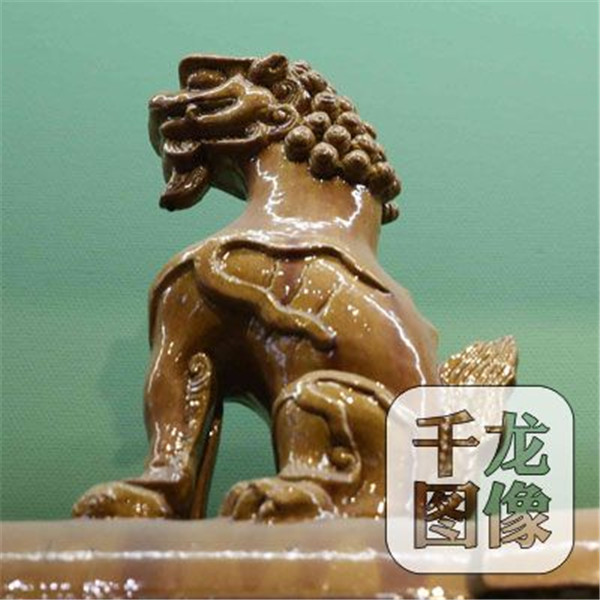
A lion following the phoenix is a symbol of the power of the Buddha’s teaching. It embodies valiancy and majesty. When a lion roars, other animals are frightened and dare not give out their cries. It is also thought that lion could drive away demons and ward off evil spirits.
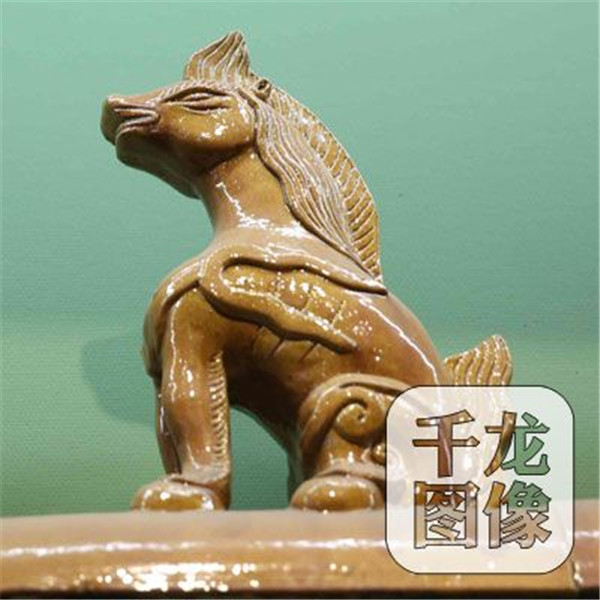
Marine Horse

Heavenly Horse
A marine horse and a heavenly horse come after lion. Both of the two horses are symbols of auspiciousness and they are also brave and loyal in Chinese mythology. What’s more, the marine horse could roam in deep sea while the heavenly horse may soar in the sky freely. Thus they also embody the omnipresence of royal dignity and virtue which could reach as deep as the sea and as high as the heaven. The two look quite similar to each other but you may distinguish the heavenly horse from the marine horse by its wings.

Xiayu sits next to the heavenly horse. It is said to be a marine beast that commands the fish. It has scuta on the body and a fish tail. People believe xiayu could also produce rain and thus can protect buildings from fire.
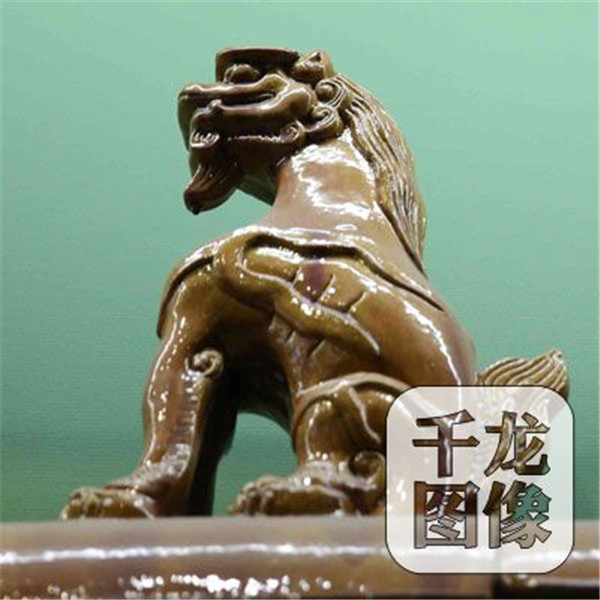
Suanni looks like lion in appearance, but it’s even fiercer than lion and can eat tigers. Featuring long mane, suanni represents stateliness, goodness and good luck.

Another mythical animal is xiezhi, which is characterized by one horn on the head like a unicorn. Legend has it that xiezhi owns the mysterious power to tell rights from wrongs and would butt the one in the wrong with his horn seeing people in conflict. It is an embodiment of justice.
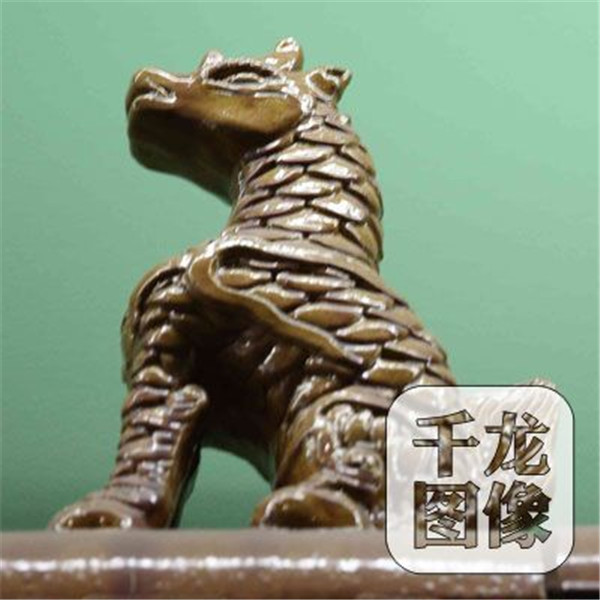
At the back of xiezhi is douniu who has an ox’s head and a dragon’s body. People said that it often came out in rainy days and believed it could prevent misfortunes and disasters and protect buildings.

The last ridge beast is simply called hangshi, literally “ranking the tenth”, in Chinese. It looks like a human figure but has a monkey’s face and a pair of wings. Holding a vajra in his hands, he is believed to be able to vanquish demons. With an image quite similar to thunder god, hangshi is said to protect a building from lightning. As hangshi was placed on the building of the highest rank in ancient times, people can only find it on the ridge of Hall of Supreme Harmony within the Palace Museum today.
Usually an odd number of beasts are placed on the ridges, so people often find three, five, seven or nine ridge beasts on ancient Chinese buildings. Commenting on these beasts, Chinese architect Liang Sicheng said, “They turn the clumsy practical part of a building into its beautiful crown.”
Source: english.qianlong.com



